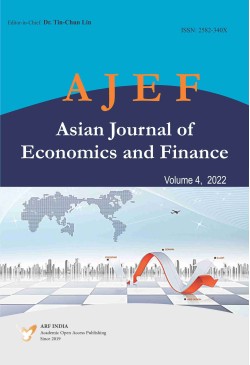Despite Malaysia having a young and predominantly techsavvy workforce, consumers are yet to fully embrace the digital culture. In January 2020, the Malaysian government had launched the ETunai Rakyat incentives to prepare for a cashless society in Malaysia. This study aims to explore the ETunai Rakyat incentive and other factors affecting the consumer adoption of ewallets in Malaysia. The factors considered in this research are perceived usefulness, perceived ease of use, perceived security, ETunai Rakyat incentive and social influence. 275 questionnaires were collected from the respondents and analysed. The results show that all the independent variables have a significant relationship with the behavioural intention except for social influence and behavioural intention has a significant relationship with the consumer adoption of ewallets. In addition, except for social influence, BI partially mediates the relationship between all the independent variables and consumer adoption of ewallets. The findings of this study provide insights which would prove useful for the Malaysian government, ewallet developers and future researchers.
Key Term: Ewallets, ETunai Rakyat incentive, perceived usefulness, perceived ease of use, perceived security, social influence, Malaysia
Krishna Moorthy, Teoh Yen Ting, Aufa Amalina Kamarudin, Loh Chun T’ing & Sonia Johanthan (2022). Impact of Government Incentive and Social Influence in the Consumer Adoption of E-Wallets in Malaysia. Asian Journal of Economics and Finance. 4(4), 347-368. https://DOI: 10.47509/AJEF.2022.v04i04.01
